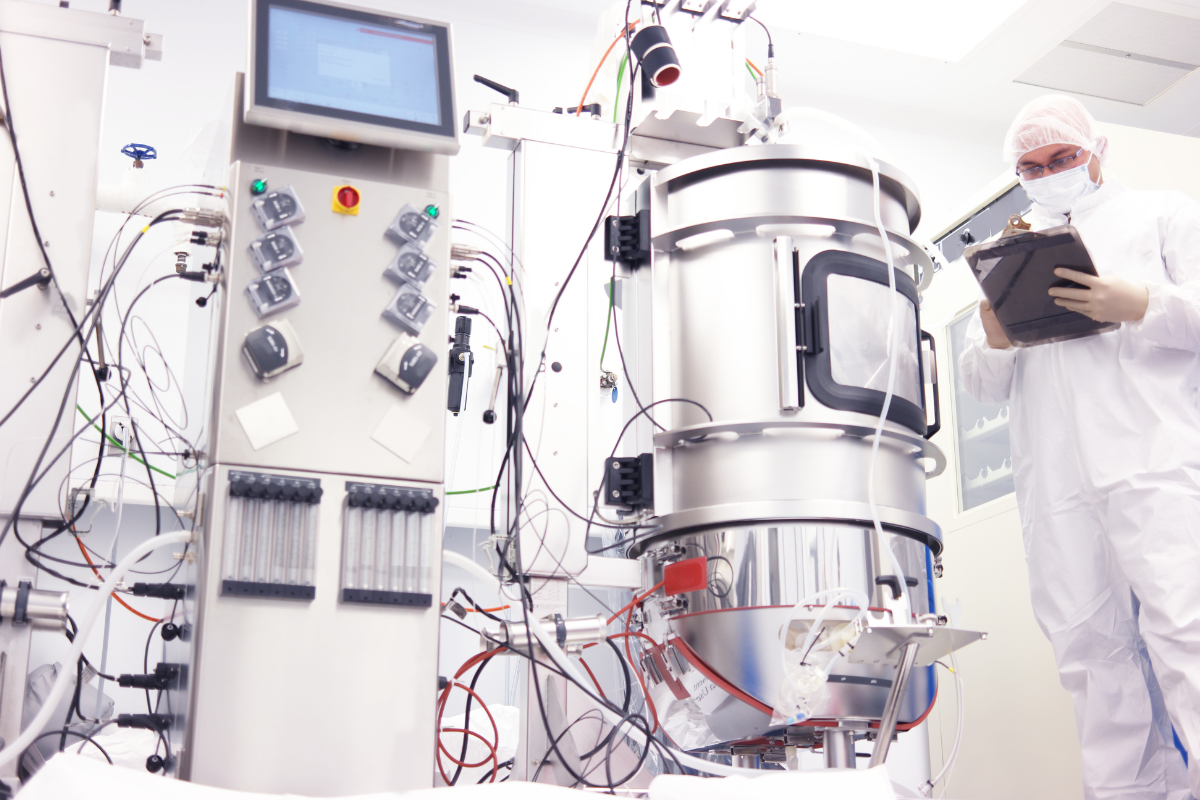Sustainable Pharma: Celebrating Progress and Confronting Challenges on Earth Day

Introduction
In the pharmaceutical industry, sustainable practices have become a priority. The pharmaceutical field has a corporate social responsibility to prioritize sustainability. Therefore, pharmaceutical companies must demonstrate concrete actions that implement sustainable practices. The pharmaceutical industry significantly contributes to greenhouse gas emissions due to energy-intensive manufacturing processes and global supply chain.
The 2030 Sustainable Development Goals (SDGs) are heavily impacting the decision making of many industries including the pharmaceutical sector. As a result, large pharmaceutical and biotechnology companies must adapt their practices to align their actions with environmentally responsible practices.
By prioritising a movement towards a net-zero carbon footprint, it is crucial for the pharmaceutical industry to invest in green technologies like green chemistry, reduce energy consumption, modify manufacturing processes, and minimise waste to reduce environmental impact.
Related:
- eBook: Sustainability & Green Innovations in Pharma and Healthcare
- Sustainability in Pharmaceutical Manufacture and Healthcare Provision
- Refractive Index Paves the Way to Greener Peptide and Oligonucleotide Synthesis
The Power of Collaboration
Strategic partnerships help integrate green initiatives. AstraZeneca has exemplified its commitment to a sustainable future through its 'Ambition Zero Carbon' program. The main goal of the program is to ensure that the entire value chain is carbon negative by 2030. The focus of the program includes decarbonisation plans through strategic partnerships.
For example, AstraZeneca joined forces with the Leonori Group at the University of Manchester to explore the use of light as a clean, environmentally friendly reagent to develop two novel 'photocatalytic reactions'. The purpose of the photocatalytic reactions is to make anilines – common synthetic building blocks used in drug design.
This method is a more sustainable and cheaper way to accelerate catalysis and can be implemented at the drug discovery stage. James Douglas, Director of Global High-Throughput Experimentation at AstraZeneca, explained the significance of this reaction: "This streamlined photochemical process offers a new strategy for drug molecule design and has the potential to make an impact across a range of chemical industries."
AstraZeneca is also developing next-generation respiratory inhalers with near-zero global warming potential propellants by partnering with Honeywell. HFO-1234ze has up to 99.9% less Global Warming Potential (GWP) than other propellants currently used in respiratory medicines.
Patients with asthma and chronic obstructive pulmonary disease (COPD) need inhaled medicines and many make use of pressurised metred dose inhalers (pMDIs). These inhalers contain small quantities of GHG which acts as the propellant to deliver the medicine into the lungs. Results from the first in-human Phase I trial of the near-zero GWP propellant HFO-1234ze showed positive results in healthy adults.
Furthermore, it demonstrated a similar safety profile and tolerability to Breztri Aerosphere, an inhaled medicine used to treat COPD. Currently AstraZeneca expects that Breztri Aerosphere will be the first medicine to transition to the novel (pMDIs) platform.
Challenges on the Path to Sustainable Pharma
While these collaborative projects show promise, there are still challenges to overcome. Sourcing sustainable raw materials including active pharmaceutical ingredients (APIs) and excipients proves challenging due to intricate supply chains involving multiple suppliers, some of which don't implement sustainable practices .
Furthermore, addressing waste reduction in drug manufacturing demands significant process alterations and investments often met with resistance from stakeholders since it is difficult to strike a balance between economic aspects and sustainability goals.
Drug discovery and drug development are already time-consuming processes so contemplating sustainable initiatives may result in extended timelines for drug launches.
Finally, navigating the regulatory landscape is complicated and everchanging, so adhering to sustainability standards without compromising on drug safety and efficacy is essential. Yet it is likely to be time-consuming and demanding for manufacturers.
Conclusion
In conclusion, there are still obstacles to a sustainable pathway. These case studies displayed AstraZeneca's commitment to advancing sustainable healthcare innovation. Overall, this article shows the importance of strategic collaborations and the pharmaceutical industry's dedication to improving patient outcomes and improving patient choice while reducing its carbon footprint.







